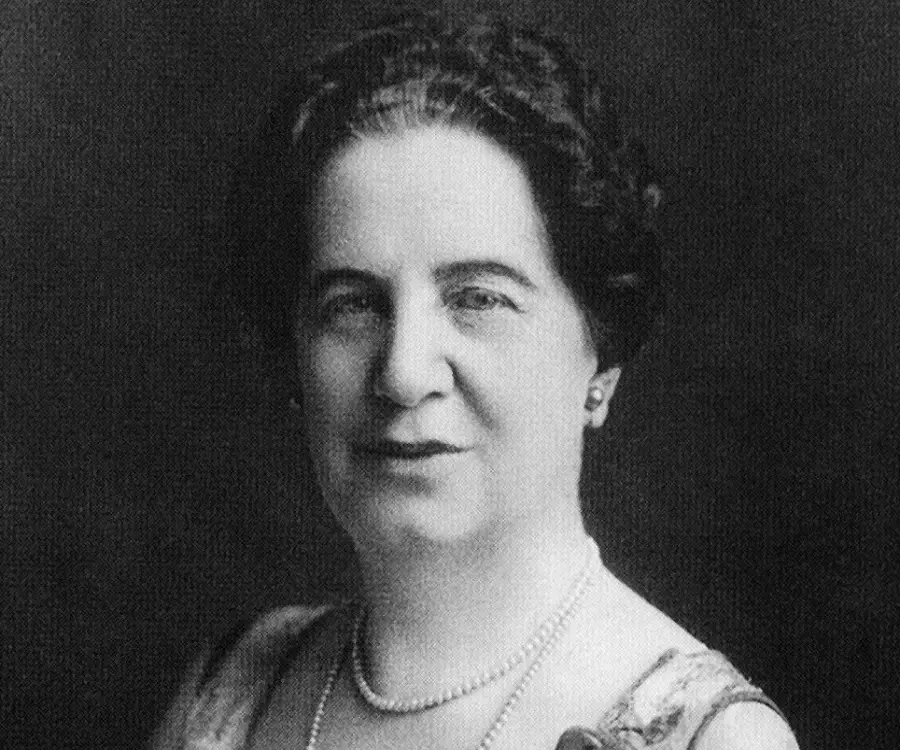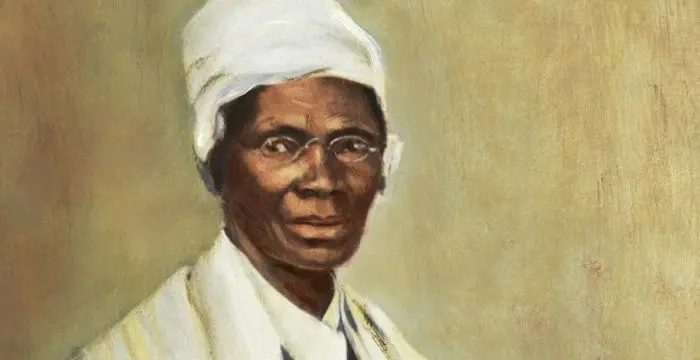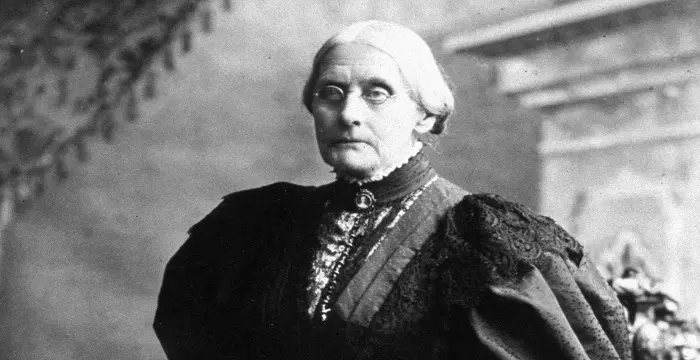
Emily Murphy - First Female Magistrate in Canada, Birthday and Facts
Emily Murphy's Personal Details
Emily Murphy was a Canadian women’s right activist and the first female magistrate in Canada
| Information | Detail |
|---|---|
| Birthday | March 14, 1868 |
| Died on | October 17, 1933 |
| Nationality | Canadian |
| Famous | Activists, Women's Rights Activists, First Female Magistrate in Canada |
| Gender | Female |
| Sun Sign | Pisces |
| Famous as | First Female Magistrate in Canada |
| Died at Age | 65 |
Emily Murphy's photo
Who is Emily Murphy?
Emily Murphy was a Canadian women’s right activist and author who went on to become the first female magistrate in Canada and the British Empire. Well known for her contributions towards feminism in her nation, Emily Murphy was one among the “Valiant Five” or “Famous Five”—an activist group in Canada that included her along with other prominent activists as Henrietta Muir Edwards, Irene Parlby, Louise McKinney and Nellie McClung. She is regarded as one of the few women who were at the forefront in repealing discriminatory legislation against women during her time. Emily Murphy was born into a liberal family which was largely connected to politics and law and her father encouraged the equal treatment of sons and daughters. She drew inspiration from her maternal grandfather who was a politician, and uncles who were Supreme Court justice and senators. This upbringing helped her later in life in understanding and speaking about issues against women and children in public. One of her famous quotes state “Nothing ever happens by chance, everything is pushed from behind”.
// Famous Women's Rights Activists
Emily Greene Balch
Emily Greene Balch was an American economist, sociologist and pacifist who won the 1946 Nobel Peace Prize. This biography of Emily Greene Balch provides detailed information about her childhood, life, achievements, works & timeline.
Sojourner Truth
Sojourner truth was an African American abolitionist who was the first black woman to win a case against a white man. This biography provides detailed information about her childhood, life, achievements, works & timeline.
Susan B. Anthony
Susan B. Anthony was an American feminist who played a major role in the women's suffrage movement. This biography of Susan B. Anthony provides detailed information about her childhood, life, achievements, works & timeline
Childhood & Early Life:
Emily Murphy was born on 14 March 1868 in Cookstown, Canada, to Isaac Ferguson and Emily Ferguson on. She was the third child born to the couple and had two elder brothers named Thomas and Gowan. Emily’s father was a businessman
Emily Murphy attended the Bishop Strachan School, a private girl’s school in Toronto. Private formal education is said to have had a great role in shaping her thoughts and giving her a broad approach towards life.
Career
Born into a family with great influence in legislation and politics, Emily Murphy became a legal advisor and educator at a very early age. Her orientation was towards the empowerment of women and children.
Between 1900 and 1906, Emily Murphy took up writing and involved herself in publishing her travel sketches under the pen name Janey Canunk.
In 1907, she along with her family moved to Edmonton in Alberta. Here she organised women groups and discussed various challenges related to gender inequality on a regular basis.
On knowing the plight of a woman in Alberta who did not receive any land when her spouse sold their farm, Emily Murphy first led a campaign to protect property rights for married women. Her efforts paid off when in 1916 the Alberta legislature passed the Dower Act which allowed married women rights to one third of husband’s property. This victory strengthened her public profile.
In 1916, Emily Murphy alonh with other activists wanted to witness the trial proceedings of some women accused of prostitution. But, Murphy and other female activists were not allowed to witness the trial on the ground that it would be inappropriate of them to do so. Murphy felt that it’s unfair that female prostitutes were being tried only in the presence of men.
She protested against this to the provincial Attorney general and made a strong argument that women should be tried by a female judge. Her request was approved and the same year she was appointed the first woman police magistrate for the British Empire.
Subsequently Emily Murphy founded the Federated Women’s Institute for rural women along with becoming a member of the Equal Franchise League in order to obtain the right to vote for women. Between 1916 and 1922, women in all provinces except Newfoundland and Quebec were granted the right to vote in provincial elections.
In 1917, she launched a strong campaign to have women declared as "persons" in Canada, and, thereby, qualified to serve in the Senate. In this campaign, she joined hands with other women’s right activists Henrietta Muir Edwards, Irene Parlby, Louise McKinney and Nellie McClung; the group was known as “Famous Five”
This battle lasted twelve years and in 1928 Supreme Court of Canada ruled that women were not qualified to sit in the Senate. The "Famous Five" appealed to the Judicial Committee of the Privy Council in Britain. On 18 October 1929, the Privy Council declared that women were considered as "persons" under the British North America Act and were eligible to serve in the Senate.
In 1922, Emily Murphy published her book “The Black Candle” which contained her thoughts regarding drug abuse in Canada, explaining it as a law enforcement problem and bringing about a change in perspective in the fight against drugs.
In the early 20th century, she strongly advocated compulsory sterilization of mentally deficient persons; she was of the opinion that mentally defective children were a menace to the society and this was the necessary measure to tackle this menace.
Awards & Achievements
Emily Murphy along with the other members of the “Famous Five” was featured on the back of 50 Canadian 50 dollar notes in 2004.
In 2009, she was voted by the Senate to be named “Canada’s first honorary senators” along with other members of the “Famous Five”
Personal Life & Legacy
In 1887, Emily Murphy married Arthur Murphy and had four daughters named Madeliene, Evelyn, Doris and Kathleen. Her daughter Doris died of diphtheria at a young age.
Emily Murphy died on 17 October 1933, in Edmonton, Alberta, at the age of 65..
// Famous Activists
Temple Grandin
Temple Grandin is a well-known American writer, autistic activist and animal expert. This biography profiles her childhood, life, achievements, career and timeline
Susan Sontag
Susan Sontag is an American critical essayist, cultural analyst, novelist, political activist, filmmaker and playwright of international repute. Read on to find out more about her childhood, career, profile and timeline.
Serj Tankian
Serj Tankian is a famous American singer-songwriter and member of the band, ‘System of a Down’. This biography profiles his childhood, music career, life, achievements and timeline.
Emily Murphy biography timelines
- // 14th Mar 1868Emily Murphy was born on 14 March 1868 in Cookstown, Canada, to Isaac Ferguson and Emily Ferguson on. She was the third child born to the couple and had two elder brothers named Thomas and Gowan. Emily’s father was a businessman
- // 1887In 1887, Emily Murphy married Arthur Murphy and had four daughters named Madeliene, Evelyn, Doris and Kathleen. Her daughter Doris died of diphtheria at a young age.
- // 1900 To 1906Between 1900 and 1906, Emily Murphy took up writing and involved herself in publishing her travel sketches under the pen name Janey Canunk.
- // 1907In 1907, she along with her family moved to Edmonton in Alberta. Here she organised women groups and discussed various challenges related to gender inequality on a regular basis.
- // 1916On knowing the plight of a woman in Alberta who did not receive any land when her spouse sold their farm, Emily Murphy first led a campaign to protect property rights for married women. Her efforts paid off when in 1916 the Alberta legislature passed the Dower Act which allowed married women rights to one third of husband’s property. This victory strengthened her public profile.
- // 1916In 1916, Emily Murphy alonh with other activists wanted to witness the trial proceedings of some women accused of prostitution. But, Murphy and other female activists were not allowed to witness the trial on the ground that it would be inappropriate of them to do so. Murphy felt that it’s unfair that female prostitutes were being tried only in the presence of men.
- // 1916 To 1922Subsequently Emily Murphy founded the Federated Women’s Institute for rural women along with becoming a member of the Equal Franchise League in order to obtain the right to vote for women. Between 1916 and 1922, women in all provinces except Newfoundland and Quebec were granted the right to vote in provincial elections.
- // 1917In 1917, she launched a strong campaign to have women declared as "persons" in Canada, and, thereby, qualified to serve in the Senate. In this campaign, she joined hands with other women’s right activists Henrietta Muir Edwards, Irene Parlby, Louise McKinney and Nellie McClung; the group was known as “Famous Five”
- // 1922In 1922, Emily Murphy published her book “The Black Candle” which contained her thoughts regarding drug abuse in Canada, explaining it as a law enforcement problem and bringing about a change in perspective in the fight against drugs.
- // 1928 To 18th Oct 1929This battle lasted twelve years and in 1928 Supreme Court of Canada ruled that women were not qualified to sit in the Senate. The "Famous Five" appealed to the Judicial Committee of the Privy Council in Britain. On 18 October 1929, the Privy Council declared that women were considered as "persons" under the British North America Act and were eligible to serve in the Senate.
- // 17th Oct 1933Emily Murphy died on 17 October 1933, in Edmonton, Alberta, at the age of 65..
- // 2004Emily Murphy along with the other members of the “Famous Five” was featured on the back of 50 Canadian 50 dollar notes in 2004.
// Famous Canadian peoples
WolfieRaps
Check out all that you wanted to know about WolfieRaps, the famous YouTube Personality; his birthday, his family and personal life, his girlfriends, fun trivia facts and more.
Jessii Vee
Check out all that you wanted to know about Jessii Vee, the famous Canadian Vlogger & YouTube Personality; her birthday, her family and personal life, her boyfriends, fun trivia facts and more.
Riele Downs
Riele Downs is a Canadian-American actress & Musical.ly star. Let’s take a look at her family and personal life including age, birthday, net worth, boyfriends and fun facts.
Jacob Tremblay
Jacob Tremblay is a Canadian child actor. Let’s have a look at his family & personal life including age, birthday, relationships, net worth and fun facts.
Sierra Furtado
Check out all that you wanted to know about Sierra Furtado, the famous YouTube Personality; her birthday, her family and personal life, her boyfriend, fun trivia facts and more.
Nora Fatehi
Nora Fatehi is a dancer, model, and actress of Indo–Arabic descent. This biography profiles her childhood, family, personal life, etc.
Emily Murphy's FAQ
What is Emily Murphy birthday?
Emily Murphy was born at 1868-03-14
When was Emily Murphy died?
Emily Murphy was died at 1933-10-17
Which age was Emily Murphy died?
Emily Murphy was died at age 65
What is Emily Murphy nationalities?
Emily Murphy's nationalities is Canadian
What is Emily Murphy's sun sign?
Emily Murphy is Pisces
How famous is Emily Murphy?
Emily Murphy is famouse as First Female Magistrate in Canada













